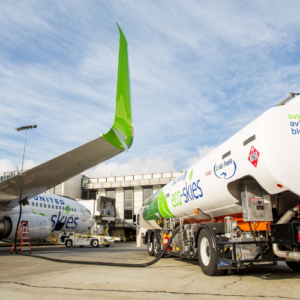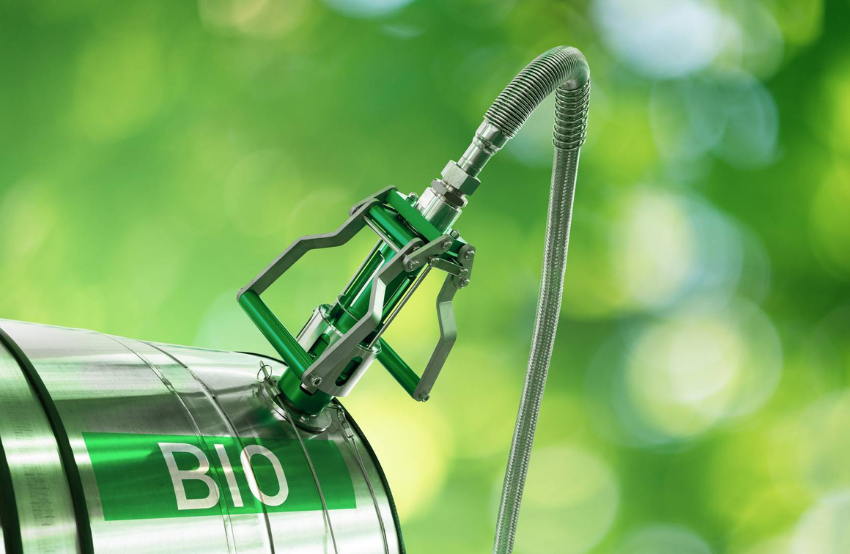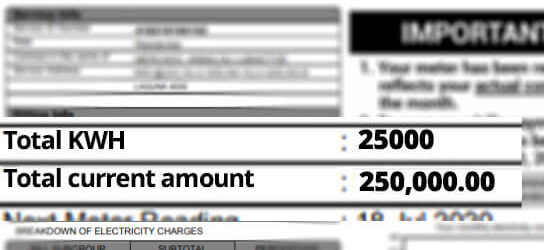Introduction
Adapting existing vehicles to eco-fuels. Amidst escalating discussions surrounding eco-fuels and their potential advantages, an often-overlooked aspect is the adaptability of our current vehicle fleet. Should the world transition entirely to eco-fuels, what implications would this hold for the cars, trucks, and buses already in operation? This article seeks to explore this pressing issue in depth.
 The Composition of Current Fleet
The Composition of Current Fleet
Today’s vehicle fleet is predominantly designed to run on fossil fuels like gasoline and diesel. While many newer vehicles are “flex-fuel” capable, meaning they can run on either gasoline or a blend of gasoline and ethanol, most older vehicles are not designed to handle eco-fuels without modification.
Engine Compatibility
The physical and chemical properties of eco-fuels can differ significantly from fossil fuels. Bioethanol, for example, is more corrosive than gasoline. Older engines and fuel systems not designed for such fuels could face issues like premature wear, corrosion, and even failure. Therefore, significant modification or replacement of internal components might be needed for these vehicles.
Costs and Feasibility

The feasibility of retrofitting older vehicles to be compatible with eco-fuels could vary greatly depending on the vehicle’s age, design, and condition. For relatively newer vehicles, retrofitting could be a cost-effective way to adapt to the new fuel landscape. However, for older or specialized vehicles, the costs may be prohibitive, making replacement a more practical option.
Environmental Considerations
One must also consider the environmental impact of retrofitting versus replacing. Manufacturing new vehicles also contributes to emissions and consumes natural resources. Therefore, where possible, retrofitting could be a more environmentally friendly option.
Innovation and New Technologies
The automotive industry is not static; it’s rapidly evolving with advancements in materials and technologies. Newer vehicles are increasingly being designed with flexibility in mind, capable of running efficiently on a range of fuel types. This inherent adaptability could ease the transition to 100% eco-fuels, provided the rate of new vehicle adoption outpaces the retirement of older, incompatible vehicles.
Policy Measures
To accelerate the transition to eco-fuels, governments could implement policies that incentivize retrofitting older vehicles and purchasing newer, more versatile ones. Such incentives could come in the form of tax breaks, subsidies, or even trade-in programs for older vehicles.
Conclusion
Adapting existing vehicles to eco-fuels. The transition to a 100% eco-fuel future would pose significant challenges and opportunities for the existing vehicle fleet. While retrofitting offers a pathway for older vehicles, it may not be feasible or cost-effective in all cases. Balancing the environmental costs of producing new vehicles against the benefits of a cleaner fuel type will require careful consideration and planning. Ultimately, the path forward will likely involve a mix of retrofitting and replacing, guided by technological advancements and sound policy measures.


 The Composition of Current Fleet
The Composition of Current Fleet